






Conceptual comics is an archive of works that are unaffiliated with the commonly accepted history of the comics medium. It is a resonating chamber for conceptual works and unconventional practices that are little known outside of our community but also a springboard for establishing the conditions for an affective lineage between similarly minded practitioners. The variety of the collected material expresses the curator’s choice for a non uniform consistency and claim instead for a perpetual becoming of the medium. Nevertheless, these works share with each other many common issues and urgencies, alternating between material self-reflexivity and critical exhaustion. They operate on the margins of distribution and reception and their unlocatedness in the medium's spectrum is more than an abstraction: artists uncomfortable with the entrenched roles invite readers, in the absence of critical discourse, to engage with the works in non-specified, at times forensic, ways of examination. I argue that this condition, more than a minor drawback of a normative industry, induces new behaviours and forms of social relationships. Each of the works that are featured in this collection explores the very substrate of its medium not as a culturally neutral site, but as a way to build alternative historiographies, replete with its own material properties and signifying potentials. They propose to examine how social and economic forces and their related sets of activities and commercial, communicative and other routines compose the media’s meaning-signifying trajectory. The rainforest of pulp production, the printer’s studio, the readers’ column and the landfill are not simply the industry's geographies but are technologies of inscription in their own right. They are the integral elements of a material language that actively shapes the medium and challenges the reader to negotiate meaning through different distributions of transparency over opacity in its products. This collection proposes to equally embrace the real, the unclaimed, the anticipated and the fictional practices, in their constant materialisation, and reflect on their specific sites of production in their potential to register meaning and organise discourse based on the inscriptions of this material language.
About Ilan Manouach
Ilan David Manouach is a researcher and a multidisciplinary artist with a specific interest in conceptual and post-digital art. He currently holds a PhD position at the Aalto University in Helsinki (adv. Craig Dworkin) where he examines the intersections of contemporary graphic literature and XXIst century’s technological disruptions. He is mostly known for Shapereader, a system for tactile storytelling specifically designed for blind and partially sighted readers/makers of comics. He is also the founder and creative director of Applied Memetic an organization that researches the political repercussions of generative art and highlights the urgency for a new media-rich internet literacy. His work has been written about in Hyperallergic, World Literature Today, Wired, Le Monde, The Comics Journal, du9, 50 Watts and Kenneth Goldsmith’s Wasting Time on the Internet. For a fuller documentation on the above projects, the Brussels-based non-profit Echo Chamber is responsible for producing, fundraising, documenting and archiving Manouach’s research on contemporary comics, that has been presented in solo exhibitions to important festivals, museums and galleries worldwide. He is an Onassis Digital Fellow and a Kone alumnus and he works as a strategy consultant for the Onassis Foundation visibility through its newly founded publishing arm.
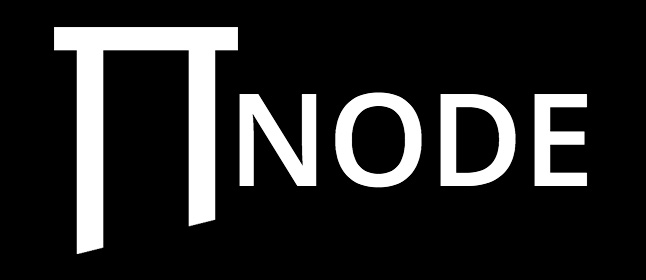
Stream HD : http://stream.p-node.org/dab.mp3
∏-node is an experimental platform for the development of an hybrid web/FM/DAB+ radio format. Through the interlinking of different approaches, tools, technologies and networks a decentralised broadcast structure is established where each of the network’s nodes serves to both receive and transmit information. Such a structure seeks to break with the classic one-way communication scheme, substituting it with a horizontal peer-to-peer model.
∏-node wants to explore the many dimensions of radio – its physicality (ether, radio waves and the electromagnetic spectrum), its spatiality (bandwidth, frequencies), its infrastructure (network of radio receivers/emitters), its methods of production and editorial content management (programming boards/teams, recording studios), its methods of metadata reception (RDS/SDR), its history (free radio and pirate radio movements), and its legislation. Most importantly, π-node also wants to examine the future role and potential of radio in a time when everything is going digital.
Extreme Mercator projection with Marseille (France) as reference point (on the right side).
The map you see is the Mercator projection.
But unlike a standard Mercator projection, you can substitute any point on earth as the "pole". (The initial view shows Boston as the pole point)
Furthermore, this map cuts off much, much closer to the poles than normal, allowing you to see many more orders of magnitude of distortion.
Because this yields a map several times taller than it is wide, it is shown sideways from its usual orientation.
Backstory
The Mercator projection is infamous for its distortion at high latitudes. This distortion gets exponentially worse as you approach the poles. It is in fact impossible to show the poles on a Mercator map — they are infinitely far away.
Any Mercator map you've ever seen must cut off the top/bottom edges at some arbitrary point. The map usually stops hundreds, if not thousands of miles short of the poles.
But I've often wondered what lies beyond those cut-offs... to make a map that didn't cut off but simply kept going. As the distortion progresses towards infinity, you would eventually reach the scale of cities, houses, insects, atoms...
But of course that'd all be on a featureless expanse of ice.
To make things actually interesting, we must artifically shift the pole of the projection to a more interesting place. Imagine the earth encased by a rigid cage of latitude and longitude lines. We rotate the earth while leaving the cage fixed until a new point of interest has taken the place of the North Pole.
This is called an oblique Mercator, and is normally used to shift an area of interest onto the equator of the map to avoid distortion. But whereas others avoid the distortion, we embrace it.
Note how strange the oblique Mercator looks even without the increased cutoffs. The standard Mercator is so ingrained in the public consciousness that we perceive it as 'normal'. But once you shift the pole its pervasive distortion is shockingly apparent.
Flux Æterna is a musical composition for Internet. It comes in the form of an endless audio stream. Listening conditions of Flux Æterna are similar to those of a web radio. But here, the user can influence the contents of this work by providing his own sound files.
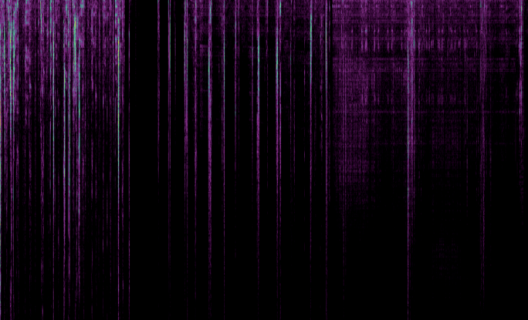
This work can be adapted to multi-channel installation or concert.
Technical setup
The composition of Flux Æterna is a technical set including:
1 : The website to connect to the stream, to upload sound files to the sftp server and to find information about the work.
2 : The score, written in the form of a software made in MaxMSP. Therefore, a software that reads and converts the sounds arriving at the server, following differents features deterministics, randoms or stochastics. A transcription, as musical notation, is attached to this program.
3: The audio stream, is published on the Internet through a server broadcasting in format mp3 stereo 320 kbps. It can be read by many softwares : VLC Quicktime iTunes Flash... running on any platform (PC, smartphone or tablet).
Listen to the flux here : http://srv-aeterna.univ-st-etienne.fr:8000/fluxaeterna
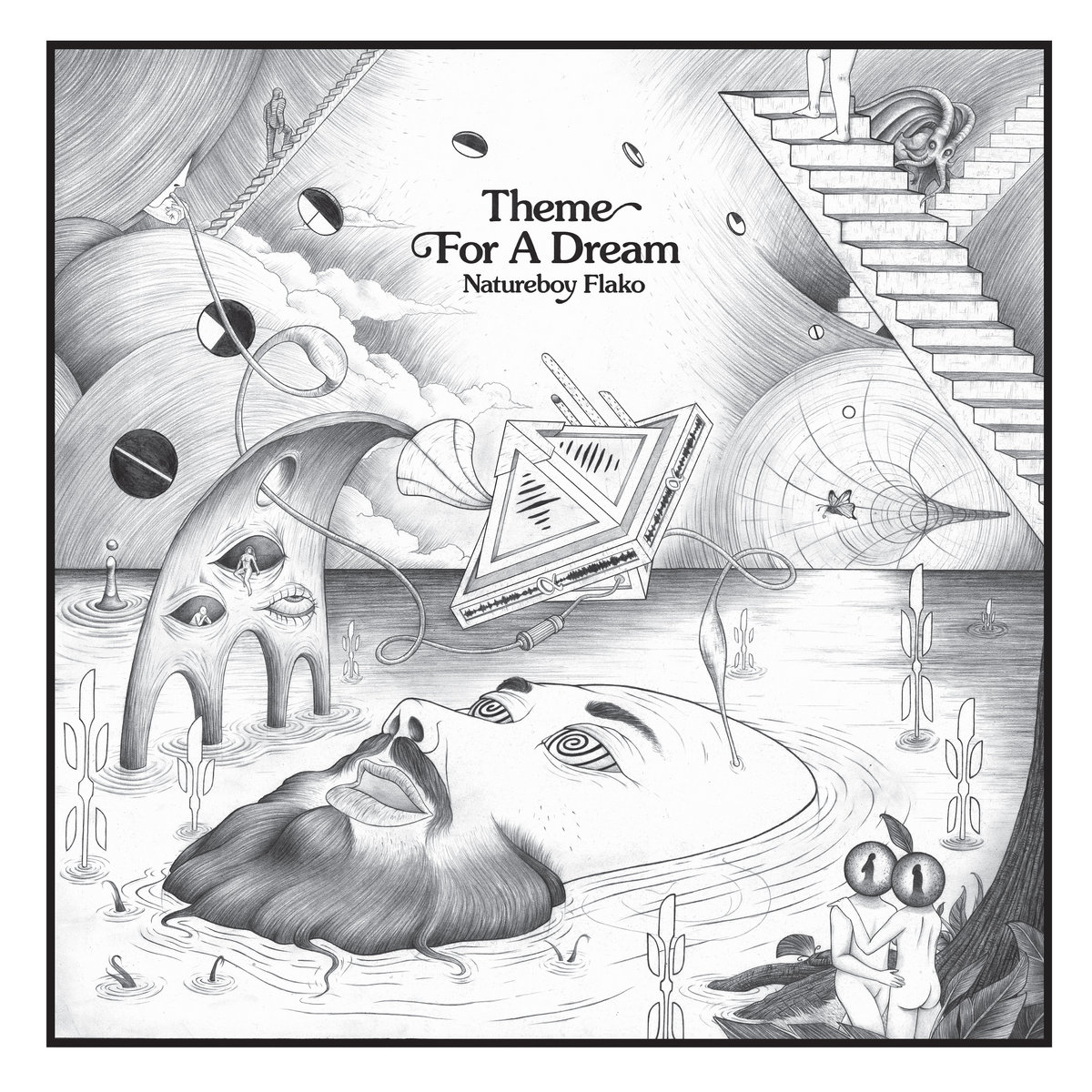
Following a self-titled EP last year, Dario Rojo Guerra aka Natureboy Flako is set to release his second album ‘Theme For A Dream’ on Five Easy Pieces on 20th July 2018. Exploring the boundaries of music, science and spirituality through a prism of colourfully synthesised-sound, heart-pounding rhythm and cinematic soundtracks; the core essence of ‘Theme For A Dream’ is the exploration of the human inner space, the balance of musical energies and music’s healing capabilities.
‘Theme For A Dream’ will be accompanied by an experimental and interactive website that allows users to preview music while being an immersive, unique multi-sensual 4D experience of its own. Snippets of the music from 'Theme For A Dream' become audio visual poetry and an immersive exploration of state of the art technology and oneself.

Liquid Television is an animation showcase that appeared on MTV andCartoon Network (later Adult Swim).[2] The first season of Liquid Televisionalso aired on BBC Two in co-production with MTV and Cartoon Network. Ultimately, MTV commissioned three seasons of the show, which was produced by Hanna-Barbera, Martin Cartoons and Colossal Pictures. It has served as the launching point for several high-profile original cartoons, including Beavis and Butt-head and Æon Flux. The show was eventually succeeded by Cartoon Sushi. The bulk of Liquid Television's material was created by independent animators and artists specially for the show, and some previously produced segments were compiled from festivals such as Spike and Mike's Sick and Twisted Festival of Animation. Mark Mothersbaugh composed the show's theme music. It was broadcast in New Zealand on TV3 and in Australia on SBS.
There were also a large number of animation pieces adapted from the work ofArt Spiegelman's comic compilation, RAW. RAW featured underground cartoonists such as Mark Beyer, Richard Sala, and Peter Bagge. In particular,Dog-Boy by Charles Burns was based on the artist's series from RAW.[3]
Due to the extensive use of licensed music throughout the series (episodes often began with a contemporary music video being "liquified"), full episodes ofLiquid Television have not been seen in any form since its original run. Selected segments from the series, including the first appearances of Æon Flux, were released on two VHS tapes in the late 1990s as The Best of Liquid Television parts one and two. These tapes are long out-of-print. A collection volume, titled Wet Shorts (The Best of Liquid Television), comprising the two VHS tapes, was released on DVD in 1997, but this, too, is out-of-print.
On October 13, 2011, MTVX, MTV's cross media group, announced the return of Liquid Television.[4] It is now a network that is available on the internet and social media. The first content to debut on the network was "F**KING BEST SONG EVERRR" by Wallpaper, available on the website. Full-length episodes featuring the online content and all-new material were released in 2013.
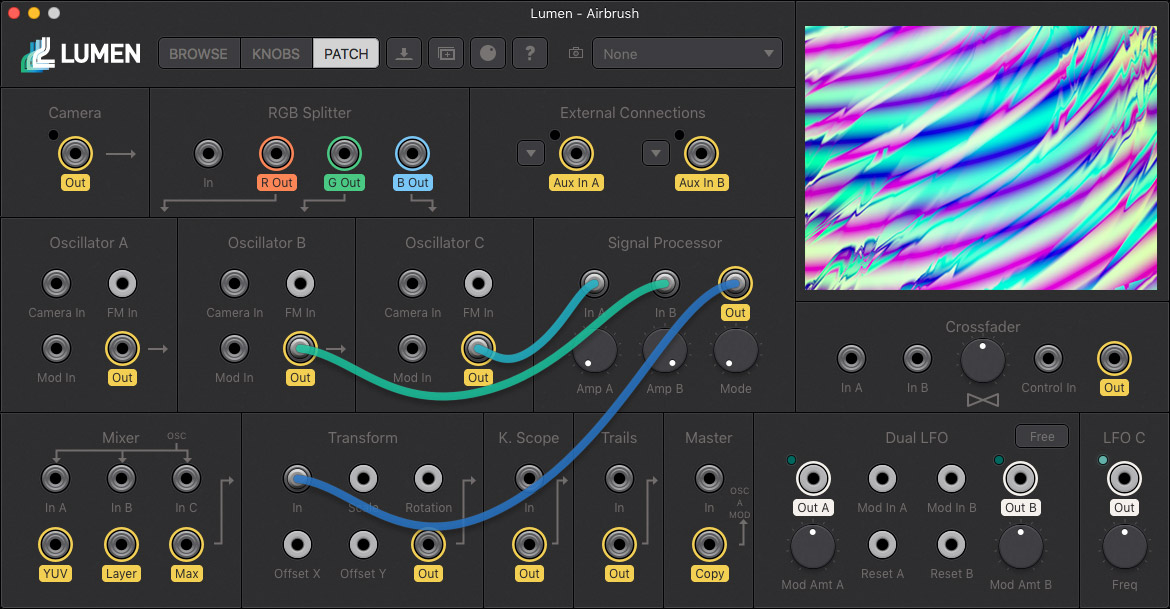
Lumen is a Mac App that makes it easy for you to create engaging visuals in real time. Use the same process with Lumen as you would with a hardware video synth, but with modern features only software can provide. With a semi-modular design that is both playable and deep, Lumen is the perfect way to get into video synthesis.

MyBrother.tv is an artwork & use the api of: YouTube & wikipedia
The intend of mybrother tv is to provide a usergenerated content channel out from youtube and wikipedia. it s use a word to trigger the language and the flow of the clips. The Engines are composed with 4 differend intends.
EngineEntertinment: Compose a floating stream-channel arround the word.
EngineWikText: fullfast clipproducer from the word
Engine Multikulti: mix the language to get culturspread about the word
EngineAssoN: using hebs-roule on the word
+: entropic
-: epistemologichot tip: use a Commercial-blocker
actions
link to actual video on youtube.com
fullscreen
show the clip within a playlist
restart mybrother.tvHomoglyphi.cc is a simple tool for writing Unicode-calligraphy. The user can combine characters from the Astral Planes of the code structure to create alternative word-images. These can, for exempel, be pasted into typographically restrictive social media. The point of view of homoglyphi.cc is the basic character set of cloud-english.
A homoglyph is a symbol that has a similar form to another symbol. The Unicode Standard is a utopian masterplan where each archetypical symbol is given its own space in an immense skeletal structure reaching for the sky. The FAQ says: “Unicode covers all the characters for all the writing systems of the world, modern and ancient.” At the time of writing, 110,182 symbols are encoded. Many of these are homoglyphs. This offers possibilities for creative users wishing to embellish their writing.
The Standard defines a true essence beyond the stylesheet. Milleniums of human cilvilization snapped to a flat grid. This universal, ultimate standard is the codebook of global text-communication. On a material level this world of symbols depends on fonts, files installed on the local machines, to become visible. If the required font is missing the reader sees a crossed out box, a question mark or nothing.
N.Y., N.Y. is a 1957 film by director New York City recorded through special kaleidoscope lenses (it is rumored that their development took over 20 years). Despite a similar name, it is unrelated to the 1977 film New York, New York.
Her artistic research is focused on video installations, photography and experimental films.
Strongly influenced by cinema, her language offers frequently traditional narrative elements and confronts them to other contemporary forms. Her artistic development has always been marked by the result of close collaborations with musicians and composers.
Rorschmap is a Google Maps mashup by James Bridle that provides kaleidoscopic views of locations from around the world
Cutting Edge Audio/Visual Synesthesia, Experimental Motiongraphics, and Visual Effects.
born in 1967, is one of the most prominent soloists within new music in Sweden.He has recorded extensively and toured Europe, the US and Asia. He writes articles on contemporary music and is frequently invited to give lectures and master classes..
Daniel Buess performed at the most highly recognised festivals for experimental music as well as at several underground-places, open spaces and independent venues.
Le magazine des musiques et des cultures qui ne tiennent pas en place.
Pleix is a virtual community of digital artists based in Paris. Some of us are 3D artists, some others are musicians or graphic designers.
L'art que nous vous presentons au Mois Multi possede des forces d attraction qui sont proportionnelles aux bouleversements qu elles provoquent, ne sont regies par aucune constante de forme et repondent essentiellement a la densite de l attent
Crudu on youtube
website of Societas Raffaello Sanzio, Italian theatre company from Romagna, radical research , visionary theatre
Story Driven Design
hypertemps are derived from short gif animations. these animations are then sliced into hundreds of smaller animations, loaded into an html document and viewed by you. due to browser inconsistencies and network deficiencies the pieces of the original imag
Seb combines conceptual and creative thinking with technology know-how to create rich experiences online and offline. Since 1996, he has led the technical efforts in the production of many award-winning projects for cultural institutions and the entertain
golan levin works from september 1998 - september 2000
La mission d'Erasme s'attache a explorer au cote du Museum de Lyon les technologies qui seront deployees au futur Musee des Confluences.
Expanded Cinema is an online platform for experimental film, early video, and sound-based, durational work.
Computer music created via unconventional means
Video art and experimental streaming
Designers graphic click overdose
Dedicated to experimental film & video art
Flash narration
Simple is better